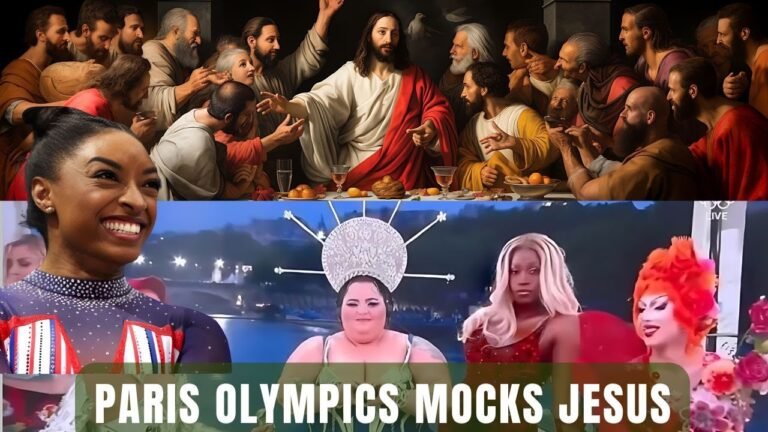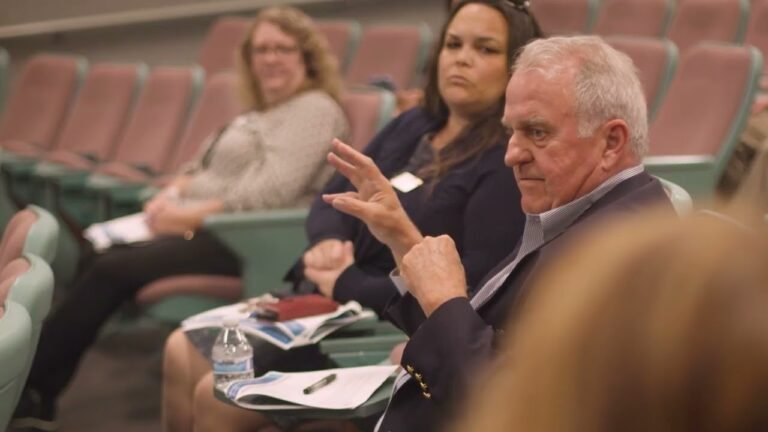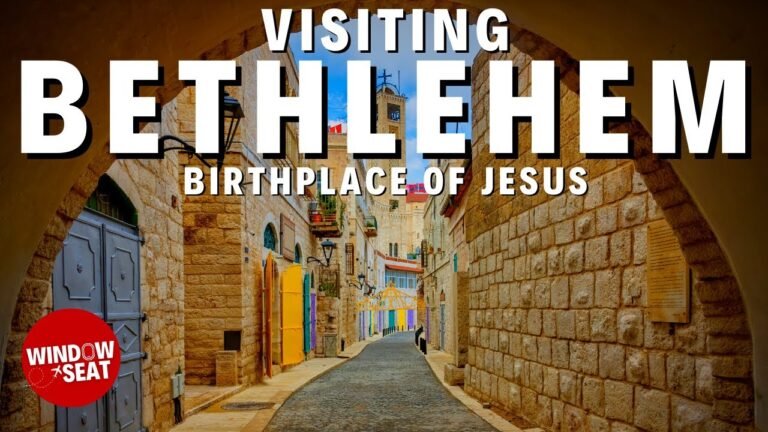Exploring the Diverse Religions of Papua New Guinea
Papua New Guinea is a vibrant tapestry of cultures and beliefs, where religion plays a pivotal role in shaping the lives of its diverse communities. With over 800 languages spoken and a rich array of spiritual practices, the country is home to a unique blend of traditional animism, Christianity, and indigenous faiths. As globalization influences modern life, the interplay between these belief systems continues to evolve, offering a fascinating glimpse into the spiritual landscape of this island nation. Exploring the complexities of Papua New Guinea’s religion reveals not only the resilience of its cultural heritage but also the dynamic ways in which faith informs identity and community.
What are the major religions in Papua New Guinea?
The major religions in Papua New Guinea include Christianity, particularly Catholicism and Evangelical denominations, as well as traditional indigenous beliefs.
What are the three most practiced religions in Papua New Guinea?
Papua New Guinea is a tapestry of diverse cultures and beliefs, with religion playing a pivotal role in the lives of many citizens. According to the latest census, the predominant faith is Roman Catholicism, embraced by 26% of the population. This enduring presence reflects the historical influence of missionaries and the church’s continued involvement in community life, education, and social services.
Following closely is the Evangelical Lutheran Church, which accounts for 18.4% of the population. This denomination has deep roots in the region, with a strong emphasis on community and service. The Lutheran Church not only provides spiritual guidance but also contributes to the educational landscape, fostering a sense of unity and shared purpose among its followers.
In addition to these two major religions, the Seventh Day Adventist Church ranks third with 12.9% of the population identifying as members. Known for its commitment to health and wellness, this denomination encourages a holistic approach to life, merging spiritual beliefs with practical living. Together, these three religions not only shape the spiritual landscape of Papua New Guinea but also influence its social and cultural dynamics, reinforcing the importance of faith in everyday life.
Are there any Muslims living in Papua New Guinea?
Papua New Guinea is home to a small but vibrant Muslim community, estimated to comprise around 5,500 individuals. This group includes approximately 2,220 local converts, reflecting a growing interest in Islam among the indigenous population. Additionally, the community is supported by around 300 refugees and asylum seekers who are currently residing in transit accommodations in the capital city, Port Moresby.
The majority of Muslims in Papua New Guinea are concentrated in Port Moresby, where expatriate workers also contribute to the community’s diversity. Some Muslim converts have settled in villages across the highlands, further enriching the cultural tapestry of the nation. Despite its size, the Muslim presence plays a significant role in the multicultural landscape of Papua New Guinea, fostering an environment of understanding and coexistence.
What is the predominant religion in Papua?
Papua, an enchanting region known for its rich cultural diversity, significantly reflects its predominant faith in the lives of its people. With a staggering 98 percent of the population identifying as Christian, the influence of Christianity permeates various aspects of daily life, from communal gatherings to traditional celebrations. This overwhelming majority highlights not only the spiritual landscape of the region but also the deep-rooted traditions that intertwine faith with cultural identity.
The Christian faith in Papua is primarily represented by various denominations, including Catholicism and Protestantism, each contributing to the vibrant tapestry of religious expression. Churches play a pivotal role in community life, serving as centers for worship, education, and social interaction. As such, the impact of Christianity extends beyond mere belief, shaping moral values and community cohesion throughout the region.
Despite the dominance of Christianity, Papua remains a tapestry of cultural narratives and practices, reflecting a rich heritage that coexists with modern influences. The intermingling of faith and tradition creates a unique environment where ancient customs are often celebrated alongside religious observances. This harmonious blend not only enriches the spiritual experience of Papuans but also fosters a sense of unity and resilience in the face of a rapidly changing world.
Uncovering Spiritual Practices Across Cultures
Across the globe, spiritual practices serve as profound expressions of cultural identity, offering individuals pathways to connect with the divine and with one another. From the rhythmic chants of Native American ceremonies to the meditative silence of Buddhist retreats, these rituals reflect a rich tapestry of beliefs and values. Each culture imparts unique symbols and traditions, whether through sacred dances, incense offerings, or communal prayers, fostering a sense of belonging and purpose among participants.
As we delve deeper into these diverse practices, we uncover the shared human quest for meaning and connection that transcends geographical boundaries. Whether through the vibrant festivals of Hinduism or the quiet introspection of Sufi whirling, spirituality manifests in myriad forms, each revealing insights into the human experience. By embracing and honoring these varied traditions, we not only enrich our understanding of ourselves but also cultivate a greater appreciation for the intricate web of beliefs that unites us all.
A Journey Through Beliefs and Traditions
Throughout history, humanity has woven a rich tapestry of beliefs and traditions that shape cultures and communities around the globe. From the vibrant festivals that celebrate the changing seasons to the solemn rituals honoring ancestors, each practice tells a unique story of identity and shared values. As we journey through these diverse customs, we discover the universal themes of hope, connection, and resilience that bind us together, reminding us that while our paths may differ, the essence of what it means to belong resonates in every heart. Embracing this diversity not only enriches our understanding of one another but also fosters a deeper appreciation for the myriad ways we navigate the complexities of life.
The Tapestry of Faith in the Pacific Island Nation
In the heart of the Pacific, a vibrant tapestry of faith weaves through the lives of the island nation’s diverse communities. Each thread represents a unique belief system, from traditional animism to Christianity, creating a rich cultural mosaic that reflects both history and resilience. Spiritual practices are not just rituals; they are integral to daily life, influencing everything from communal gatherings to individual identities. The harmonious blend of these faiths fosters a sense of unity among islanders, celebrating shared values while honoring distinct traditions.
As the sun rises over the horizon, islanders gather in prayer, their voices rising in harmony, echoing the deep-rooted connections to their ancestors and the land. Festivals and ceremonies are vibrant displays of this faith, showcasing traditional dances, music, and storytelling that have been passed down through generations. These events serve not only as a means of worship but also as a celebration of community, reinforcing bonds among families and neighbors. The collective spirit of these gatherings is a testament to the enduring power of faith in shaping social fabric and identity.
In recent years, the influence of globalization has introduced new dynamics to the spiritual landscape, prompting both challenges and opportunities for dialogue between faiths. While some fear the erosion of traditional practices, others see an opportunity to blend modernity with heritage, creating a more inclusive understanding of spirituality. This ongoing evolution reflects the resilience of the islanders, who remain committed to preserving their unique tapestry of faith while embracing the future. As they navigate these changes, the essence of their beliefs continues to shine brightly, illuminating paths of hope and unity for generations to come.
The rich tapestry of Papua New Guinea’s religious landscape reflects a profound connection between its diverse cultures and spiritual beliefs. From traditional animism to the influence of Christianity, these faiths shape communities and individual identities, fostering resilience and unity. As the nation continues to evolve, the interplay of these religious traditions will play a pivotal role in guiding its social and cultural development, making Papua New Guinea a fascinating study of faith in a contemporary world.







